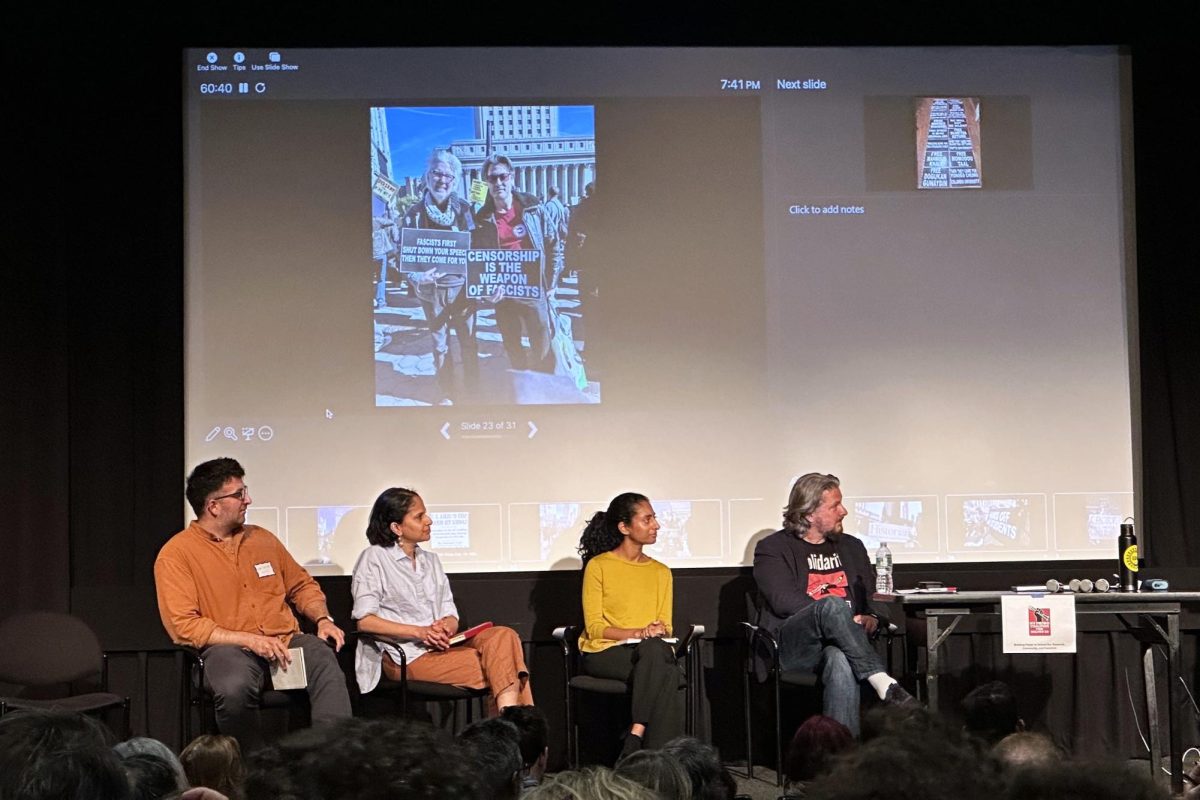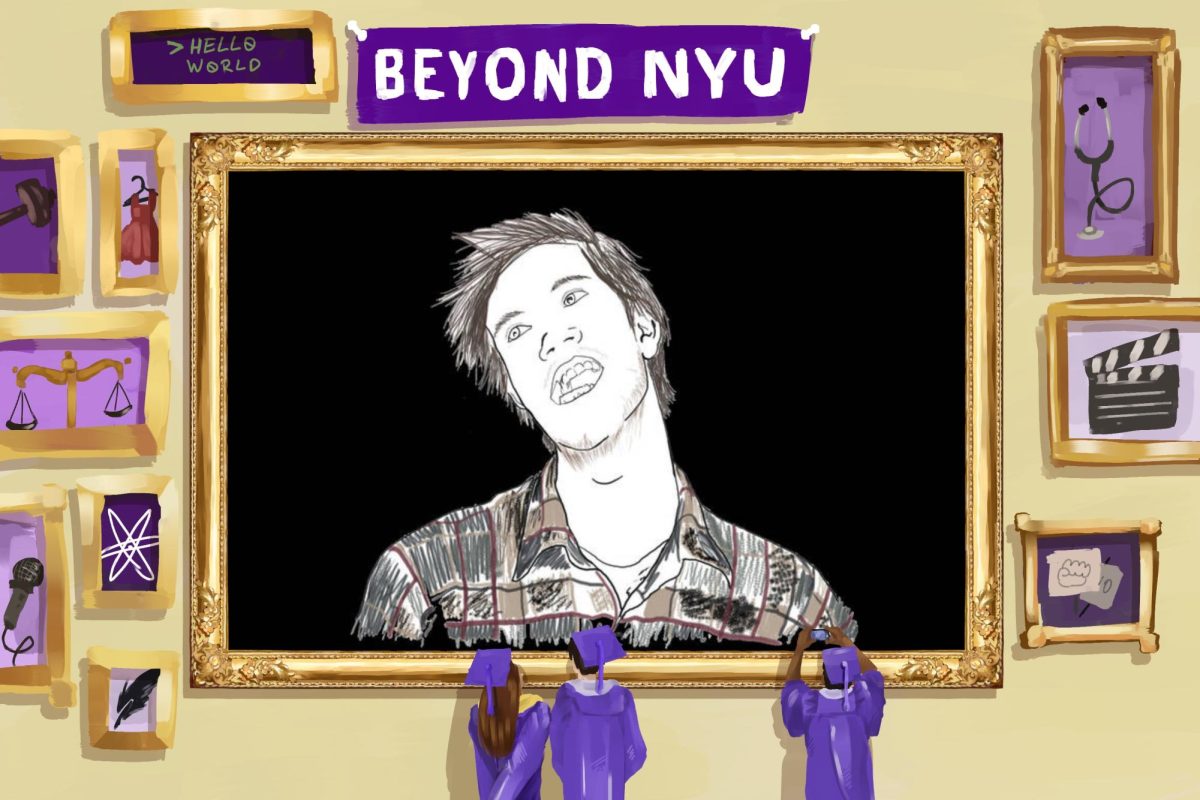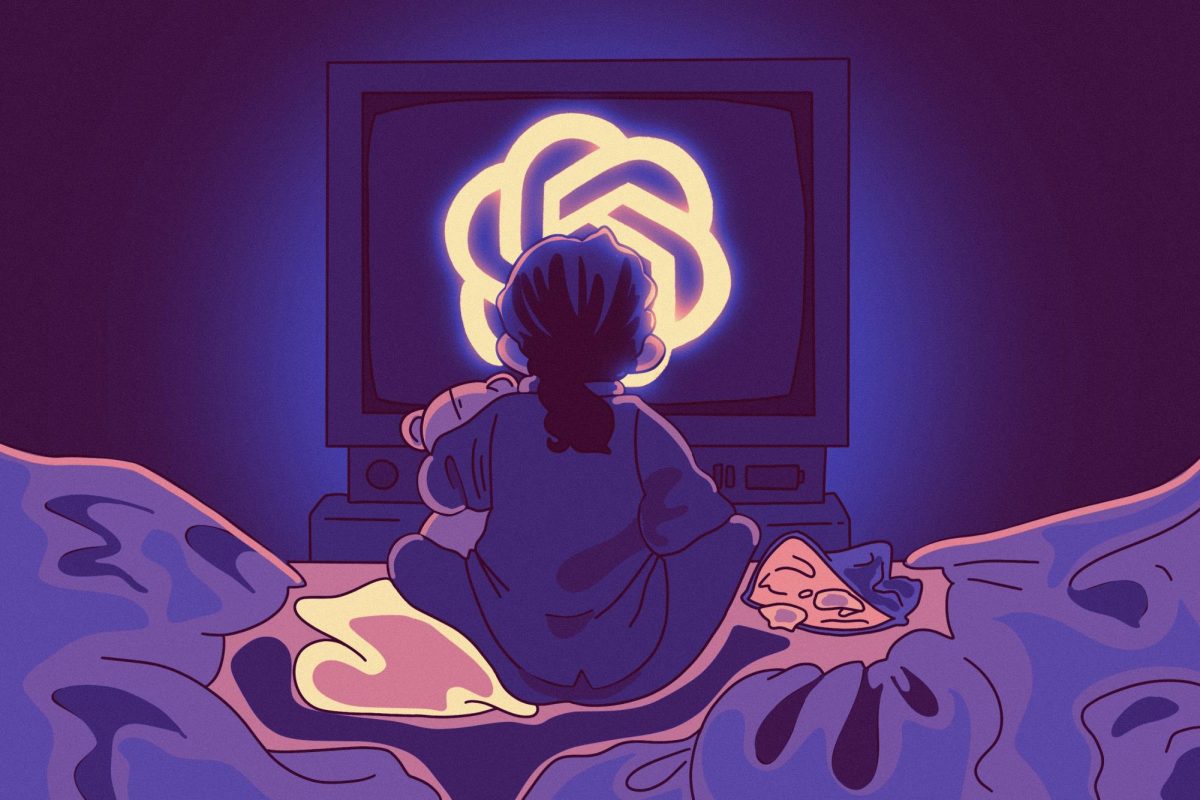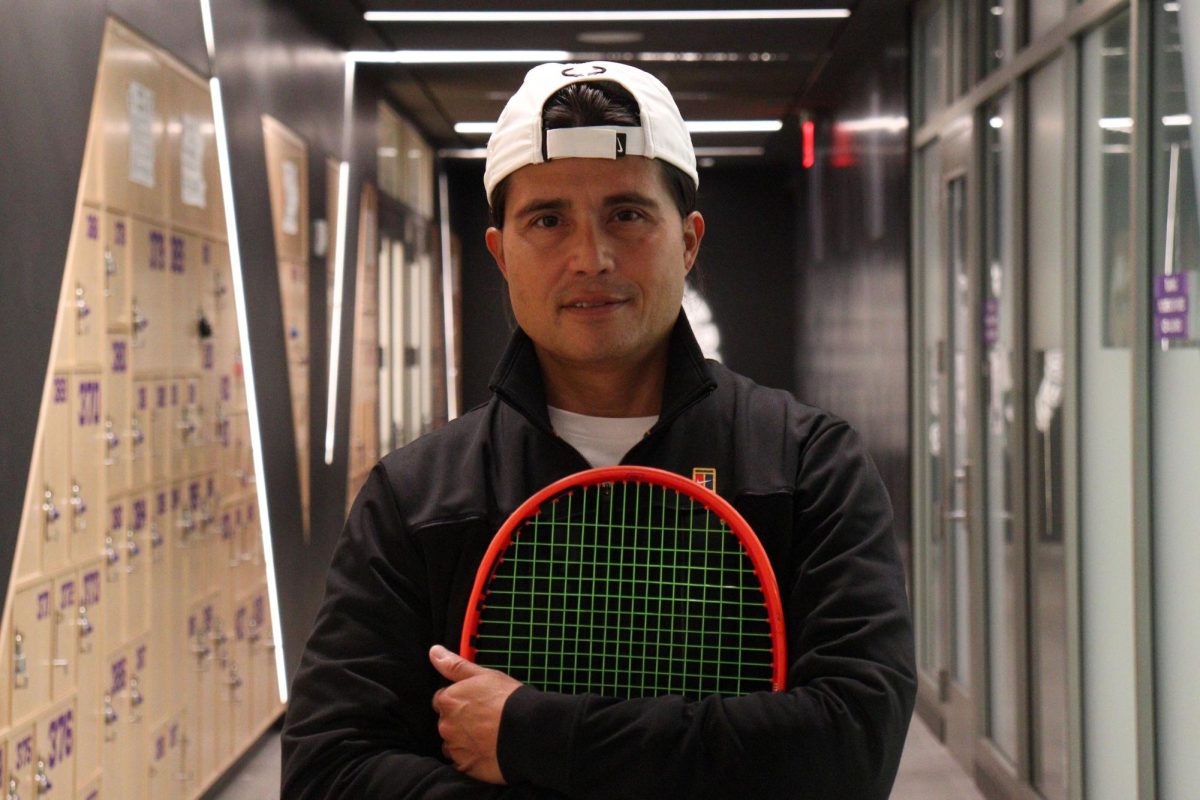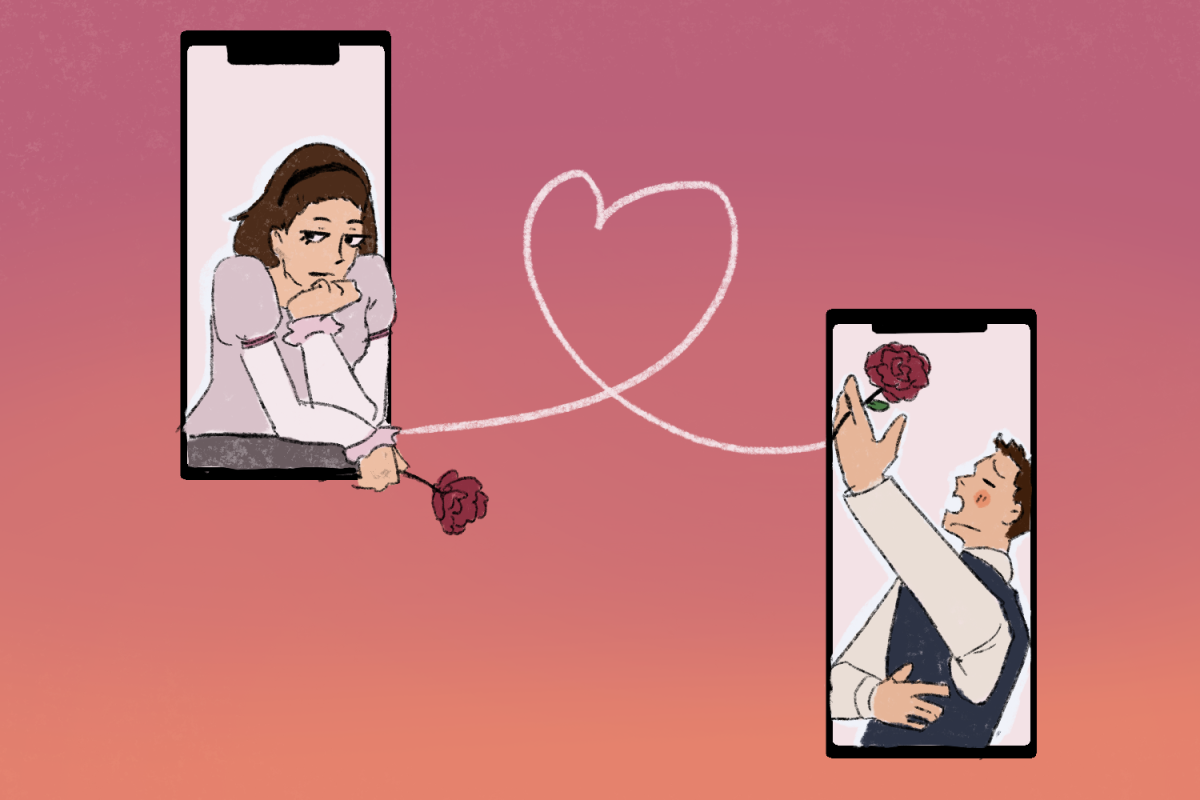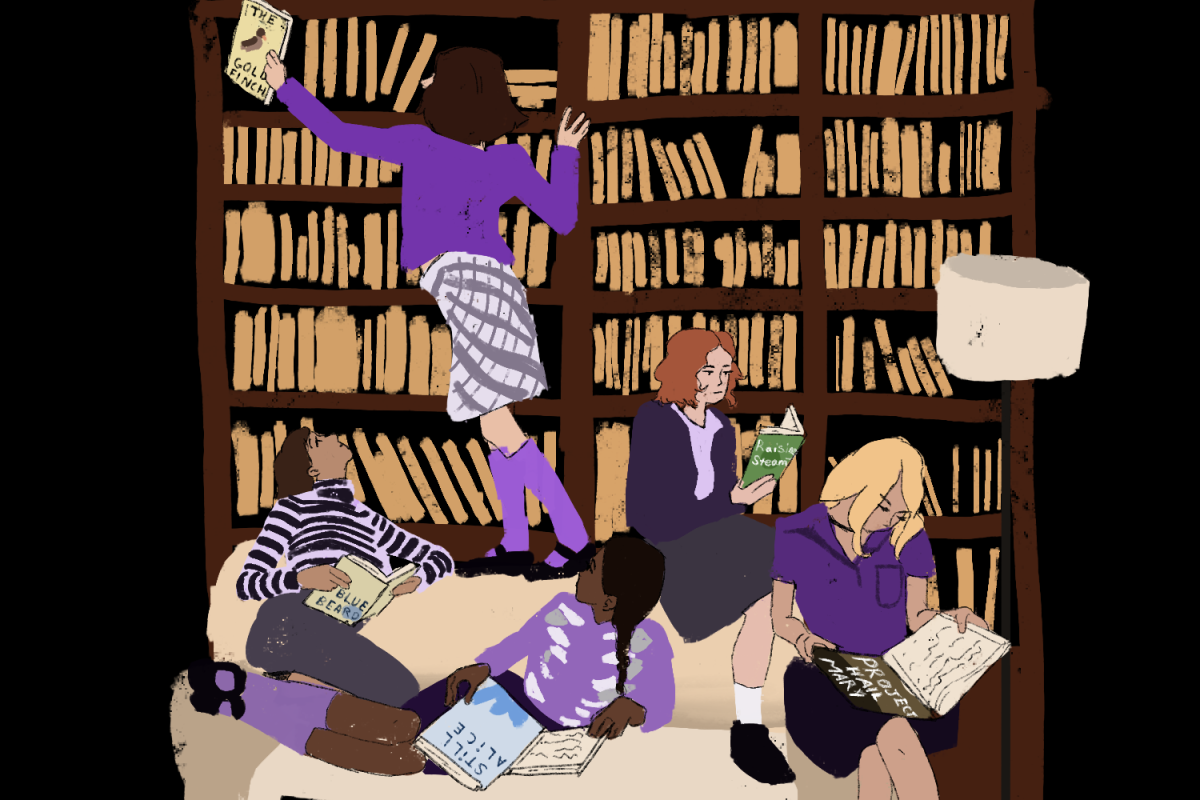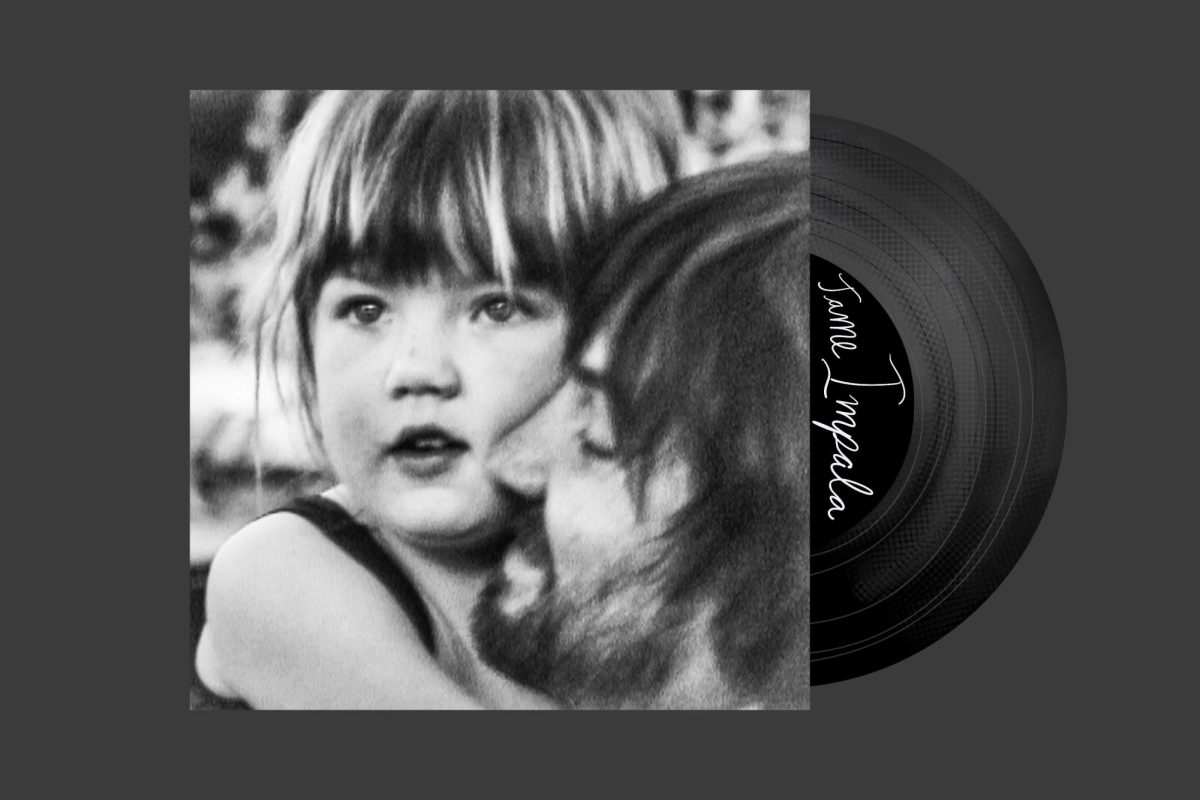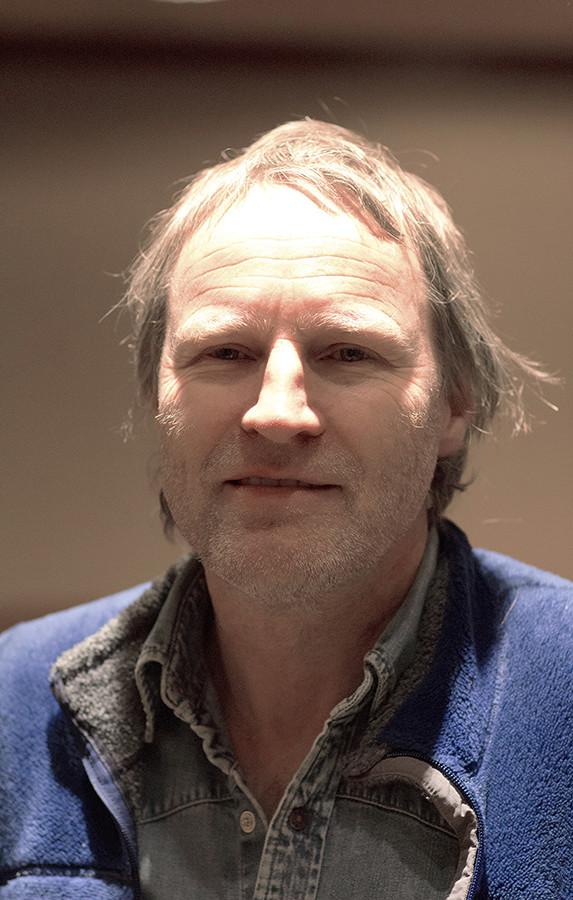Photographer talks extreme nature shots
Carsten Peter was featured in the National Geographic Live speaker series.
March 10, 2015
Carsten Peter is an adventure photographer for National Geographic. He often travels worldwide to photograph extreme nature, including capturing images of volcanoes, glaciers, tornados and deserts. Now, Peter is taking time for National Geographic Live, an event which he brought to Skirball Center for Performing Arts. Peter sat down with WSN to talk about his love for nature and photography.
WSN: How did you first discover photography and what initially drew you to it?
CP: I got a camera as a present from — I don’t know who it was, not my parents. An uncle maybe? I was 15 years old. My first images were macro-photography. I was very interested in plants and animals. That’s why I studied biology — that’s what I wanted to photograph.
WSN: In your opinion, what makes a great photo?
CP: Very hard to say. But something which surprises you, which is out of the normal, which is unseen. What is difficult these days is that photography has become so dominant, so widespread. Everyone does it. So it’s quite interesting. There’s a lot out there and I think it’s more and more difficult to surprise. Sometimes it looks like everything has been seen already. So it’s kind of a tricky thing to get the angles different so you are surprised.
WSN: What advice would you offer for aspiring photographers?
CP: We are in a very hard situation for photographers. It is very hard to make a living as magazines decline. Online, they want to have everything for free. I mean, it was never easy to establish yourself as a photographer. But I think these are challenging times. I think you should think about it twice if you want to pursue it as a profession. It’s also very nice to keep it as a hobby. Being an amateur, which means that you just love that, you can entirely dedicate yourself to the hobby and still be incredibly good. If you make a living, you are dependent on certain income and that is very, very difficult. But you feel you need to do it. I was like that. There was nothing else, and I didn’t care. I had some very difficult years, I barely survived the first years. I think this is kind of normal for photographers, unfortunately.
WSN: What is the significance of the juxtaposition of nature and people in your photos?
CP: It tells you a little bit about how I would like you to see the nature. Often, man thinks that we are dominating the nature. And actually, it’s not true. We just don’t understand the complexity and we just try to influence it. We, unfortunately, damage a lot of nature. I love to see the nature superior to man. That’s often what I get at, especially with volcanoes or tornadoes. They are so incredibly powerful and we can’t do much against them. We think that always we can control a lot, but the overall result is mostly a mess.
WSN: What would you like your viewers to take away from your work?
CP: That they have respect for nature. At least a fascination for nature. Some kind of protective feeling—that we have to do something for it.
A version of this article appeared in the Tuesday, March 10 print edition. Email Talia Milavetz at [email protected]

